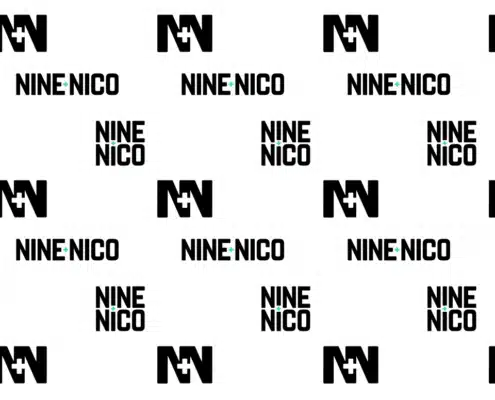 https://zapcreative.co.uk/wp-content/uploads/2024/04/Responsive-logo-design_v4_MO.webp
776
1600
James Golding
https://zapcreative.co.uk/wp-content/uploads/2020/06/zap_logo_250sq_white-01.svg
James Golding2024-04-17 23:19:122025-01-16 15:25:32Responsive logo design
https://zapcreative.co.uk/wp-content/uploads/2024/04/Responsive-logo-design_v4_MO.webp
776
1600
James Golding
https://zapcreative.co.uk/wp-content/uploads/2020/06/zap_logo_250sq_white-01.svg
James Golding2024-04-17 23:19:122025-01-16 15:25:32Responsive logo design

Let’s work
together
+44 (0)844 800 3469
Email us
Like us on Facebook
Connect with us on LinkedIn
Follow us on Instagram
© 2025 Zap Creative Ltd
Unit 6, Chevron Business Park, Lime Kiln Lane, Southampton, UK, SO45 2QL
Company Reg: 07492983
Privacy Policy | EDI Policy | Sustainability Policy
Let’s work
together
+44 (0)844 800 3469
Email us
Like us on Facebook
Connect with us on LinkedIn
Follow us on Instagram

Unit 6, Chevron Business Park,
Lime Kiln Lane,
Southampton, UK
SO45 2QL
© 2025 Zap Creative Ltd
Company Reg: 07492983
Privacy Policy


